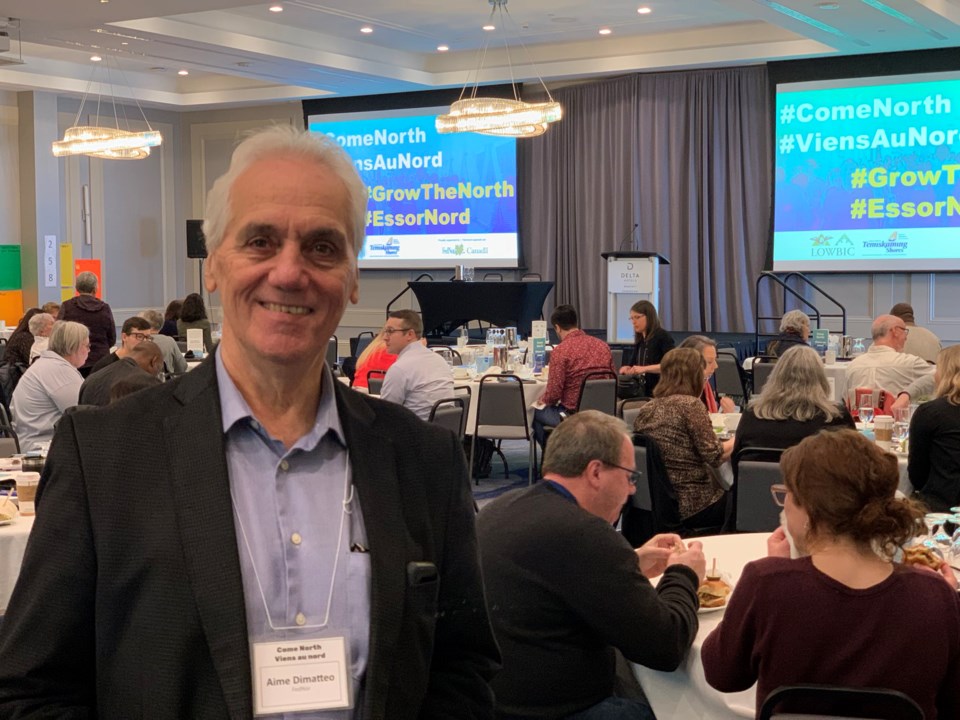Aime Dimatteo probably understands the challenges and opportunities facing Northern Ontario’s economy better than just about anybody. He joined the Ministry of Northern Affairs as a senior financial officer in 1978, served as executive director of the Northern Ontario Heritage Fund Corporation from 2002 to 2010, then took over the reins of Fednor as director general, retiring in 2022.
In this interview, Aime identifies economic diversification as Northern Ontario’s main challenge. Our economy is dependent on the mining and forestry industries, but when a mine shuts down or a pulp and paper mill grinds to a halt, too often there is nothing to sustain employment in the community affected.
While both the NOHFC and Fednor have made investments over the years that have revitalized major industrial enterprises like Algoma Steel, much more needs to be done, he tells us. Given the discovery of a world-class chromite deposit in the Ring of Fire, he asks, why can’t we manufacture stainless steel in Northern Ontario? Similarly, why don’t we leverage our lithium deposits for a battery manufacturing enterprise? For far too long, he complains, we have exported our raw materials to other jurisdictions for further processing and manufacturing.
Aime points out that every year, we are harvesting less than 30 to 40 per cent of our harvestable trees, suggesting that we need to be much more creative and aggressive about finding new uses for this important resource. One example, he cites, was Fednor’s role in funding a major upgrade at the paper mill in Espanola to produce a paper-based alternative to plastic bags. He also advocates using wood instead of concrete and steel for building bridges.
Our pristine wilderness on the doorstep of southern Ontario is another important asset, but we need to do a better job promoting our tourism industry – not by waiting for the provincial government to take the initiative, but by taking the lead ourselves.
Finally, we need to attract more people to Northern Ontario - be they immigrants or students from elsewhere in Ontario tempted to make their home here after completing their education at one of our colleges or universities. Our rapidly growing Indigenous population is an important human resource, but we have to do more to make sure Indigenous youth are educated, trained and able to reach their full potential. One Fednor program Aime tells us he is especially proud of is the funding of economic development officers in Indigenous communities to ensure every First Nation community has a strategic plan for economic development.
